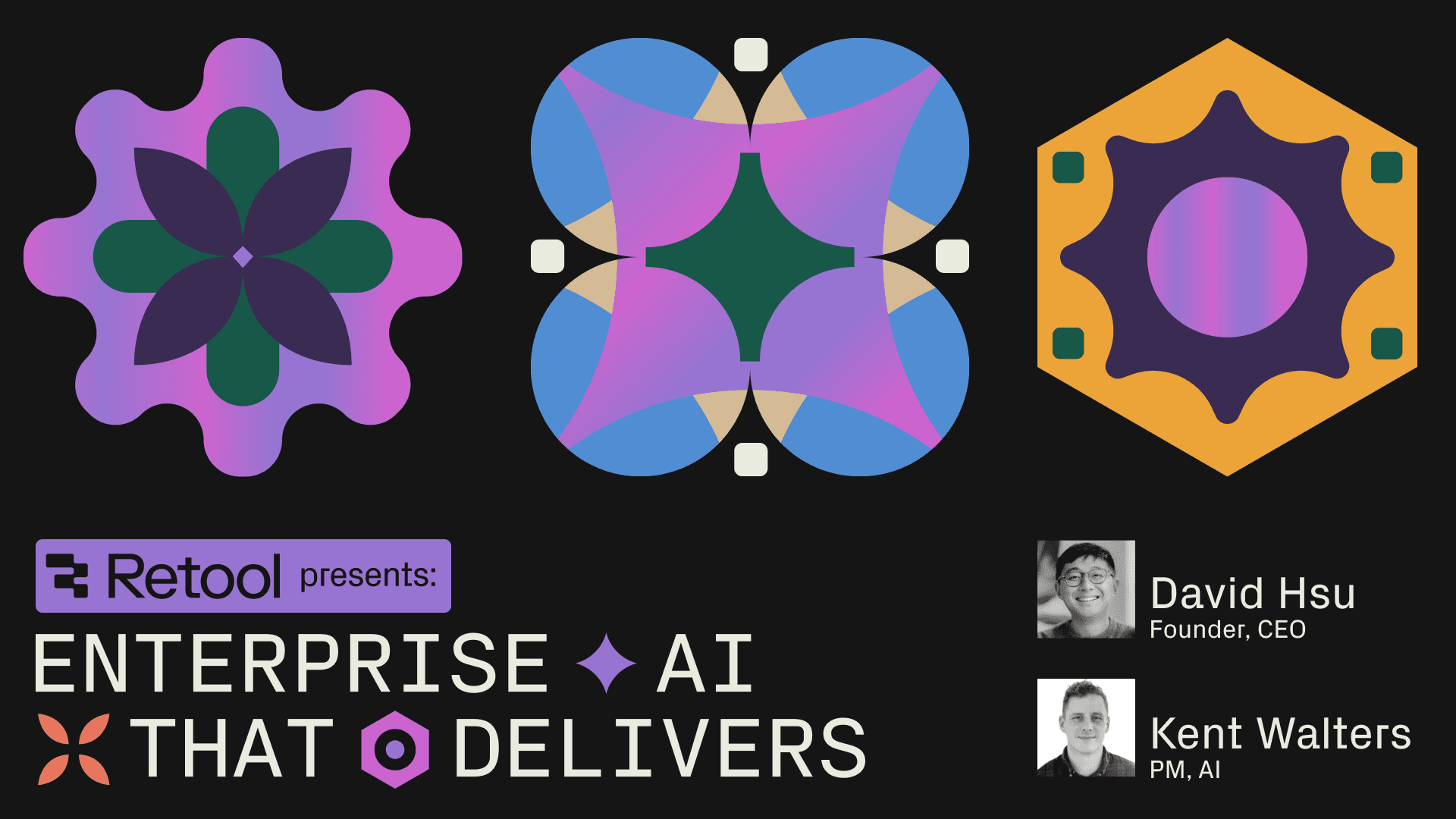Here’s the AI paradox: the more companies invest in understanding AI’s workforce impact, the less clear it becomes. Organizations know AI will transform how work gets done, yet the harder they try to quantify that transformation, the more elusive the business case becomes.
The root of the confusion lies in incompatible cost structures. While human work is measured in straightforward hourly rates and annual salaries, AI platforms price in tokens, credits, API calls, and usage tiers that bear no relationship to actual output. This disconnect leaves companies that know AI works unable to prove it pays off—the pricing models that make ROI calculations nearly impossible.
Meanwhile, headlines describe a near term wave of change, including job reduction, productivity gains, and new invention. But in practice, that change is slower to materialize. Without clear value alignment between optimizing for business outcomes and the traditional approach to labor, AI’s long-term value remains unpredictable.With AI, you need to know exactly what it costs and what return it delivers. That’s why we decided to price Agents by the hour.
Calculating the cost of an AI agent should be simple. Consider your mid-level analyst: they typically cost $50-80 per hour after benefits, overhead, and management costs. Yet most AI platforms that’ll perform human work bury their true costs behind subscription mazes and usage metrics.
This lack of transparency isn’t just frustrating—it’s why most AI projects get stuck before they even have a chance to begin. The technology works (and is only getting better), but organizations can’t prove they’re actually saving money. When companies can evaluate AI agents like contract workers—with clear hourly rates and predictable costs—adoption accelerates because the business case becomes crystal clear.
Customer service provides one of the most compelling examples of AI’s operational impact. Customer service teams are proving that using AI to augment and automate tasks delivers real results. The outcome? Service teams can focus on problems that matter instead of endless password resets and shipping updates.
Financial services firms see identical patterns in compliance and risk management. Tasks that once required armies of junior analysts—contract reviews, regulatory flagging, loan processing—now run 24/7 without human intervention. The speed advantage alone creates competitive moats that justify every dollar invested.
But the real economic breakthrough goes beyond simple cost cutting. According to recent McKinsey research, companies discover that eliminating repetitive work drives measurable improvements in job satisfaction and retention. When employees escape mind-numbing data entry, they stick around longer and contribute more creative solutions.
Humans and AI have complementary strengths. AI dominates pattern recognition, data processing, and consistent execution. Humans bring context, creativity, validity checking and edge case handling. Smart organizations design workflows that optimize for both rather than eliminating either.
The winning agent implementations create hybrid workflows where humans make judgment calls while AI tackles the grunt work. Law firms, for example, can deploy AI agents for document review and issue flagging, freeing up lawyers for more critical work like strategy and client relationships.
McKinsey research shows human-AI collaborative workflows boost individual productivity 30-50% across knowledge work. Unlike previous productivity tools that required extensive training, AI agents adapt to existing workflows instead of forcing disruptive process changes.
This hybrid approach solves the quality control nightmare that killed pre-AI automation efforts. With humans handling oversight and exceptions, error rates plummet compared to fully automated systems. The economic model shifts from labor substitution to productivity multiplication.
Successful AI implementation will take a nuanced approach (vs. cut-and-dry replacement). AI pricing still doesn’t reflect this nuance, leading to significant ROI calculation friction:
You’ll pay $10,000 monthly whether your AI processes 100 or 10,000 tasks, and you can't accurately measure savings against human workers.
Enterprise platforms charge per user, meaning costs increase as more people benefit from AI assistance. Successful AI adoption becomes more expensive, not more valuable.
Pricing based on “bot licenses” or “API calls” forces businesses to estimate usage patterns they’ve never tracked, creating budget chaos.
hourly Agent pricing makes costs transparent from day one. Companies can spin up AI agents for specific projects, measure real-time results, and scale without jumping through procurement hoops. It’s the disruptive pricing of the gig economy applied to artificial intelligence “workers”.
This transparency enables the experimental approach that defines successful AI implementations. Companies can test different use cases, kill failures, and scale winners—all without getting trapped in costly enterprise contracts.
Companies using Retool Agents provide concrete proof that transparent pricing enables smarter economic decisions:
ClickUp automated hundreds of weekly hours across sales, support, and product teams with six custom AI tools. Their inbound SDR agent alone saved ClickUp hundreds of thousands of dollars in headcount costs while their Deal Desk automation saved ClickUp $200k per year in off-the-shelf automation software costs.
Descript operates over 50 custom AI apps automating hundreds of weekly manual work hours. Their contact enrichment workflows alone saved tens of thousands of dollars in enrichment costs while sales reps save 3-4 hours weekly from having to sift through invalid leads.
Both companies succeeded with human-in-the-loop oversight rather than full automation. ClickUp’s breakthrough came from building a Retool app embedded in their customer engagement platform maintaining human oversight while AI handles routine tasks.
Cost savings and productivity gains are merely the opening act. The real opportunity lies in services and capabilities that human bandwidth constraints previously made impossible.
Traditional one-on-one education costs hundreds per hour, accessible only to wealthy families. AI agents can deliver individualized instruction at scale, potentially democratizing premium educational experiences while creating entirely new revenue streams for education companies.
AI agents can monitor patients continuously, analyze symptoms in real-time, and coordinate care across multiple providers. This enables preventive care models that were economically unfeasible when requiring constant human attention.
The pattern repeats across industries: AI agents make high-touch, personalized services economically viable at mass market prices. This isn’t just operational efficiency—it’s the foundation for entirely new product and service categories.
Early movers are already capitalizing on these opportunities. Companies deploying multiple specialized AI agents in coordination report operational capabilities that competitors simply cannot match. The competitive advantage compounds as they accumulate data and refine AI workflows.
The World Economic Forum’s Future of Jobs Report 2025 projects AI will create 19 million jobs while displacing 9 million over the next five years—a net gain of 10 million positions.
Organizations winning with AI agents aren’t those with the biggest technology budgets—they’re the ones treating implementation as ongoing learning rather than one-time deployment.
Successful companies start with narrow, well-defined use cases where they can measure results clearly. They experiment rapidly, scale winners, and kill failures. This approach requires cultural changes that many enterprises struggle with, but the economic returns justify the effort. An appropriate pricing model reflects those returns and provides more transparency for business decision makers who need to act quickly.
This experimental phase of the intelligence revolution demands pricing models that support rapid iteration, not long-term financial commitments. Companies need flexibility to test AI agents on different tasks, measure performance against human baselines, and adjust deployment strategy based on actual results rather than vendor promises. Build your first Agent today.
Reader





